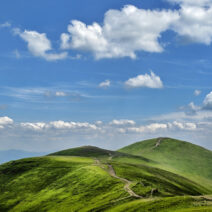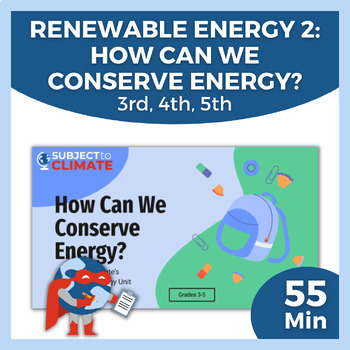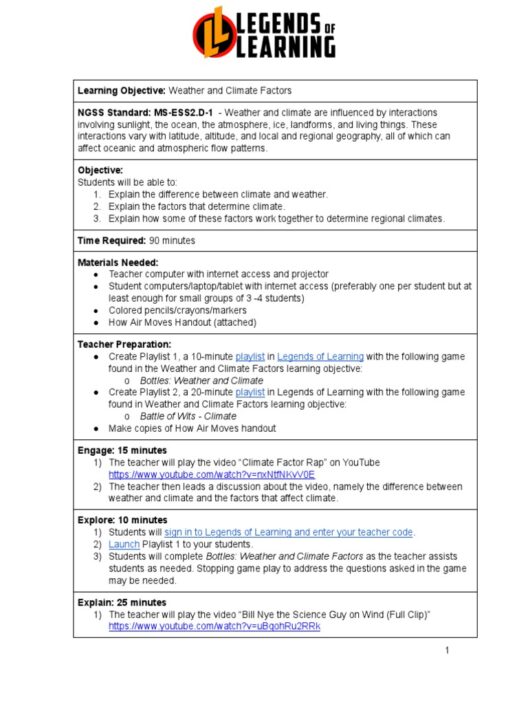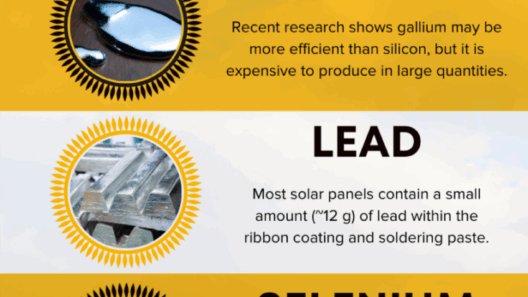As we grapple with the pressing challenges of climate change, a critical question emerges: Are we in an ice age or experiencing global warming? This inquiry points to two seemingly contradictory phenomena that are reshaping our planet—one characterized by dramatic cooling and the other by alarming warming. Understanding the interplay between these processes demands a nuanced examination of Earth’s climatic history, the mechanisms driving contemporary climate change, and the functions of natural cycles versus anthropogenic influences.
To unearth the essence of this conundrum, we must first define what constitutes an ice age. An ice age refers to prolonged periods, often spanning millions of years, during which global temperatures decline, resulting in the advance of glaciers and expansive ice sheets. Geologically, we currently reside in a phase known as the Quaternary period, characterized by successive glacial and interglacial epochs. The last glacial maximum peaked roughly 20,000 years ago, afterwards retreating into the current interglacial phase known as the Holocene.
The Holocene, while warmed compared to the glacial periods preceding it, is subject to fluctuations driven by natural factors. These fluctuations include variations in Earth’s orbit—known as Milankovitch cycles—solar output, and volcanic activity. Such factors create oscillations in global temperatures, perhaps explaining why periods of cooling still intermittently surface even as the long-term trend has been upward.
In stark contrast to these natural cycles is the recent phenomenon of anthropogenic global warming, propelled by human-induced greenhouse gas emissions. The industrial revolution marked a pivotal shift; since the late 18th century, human activities—primarily the burning of fossil fuels, deforestation, and large-scale agriculture—have significantly increased concentrations of carbon dioxide, methane, and other greenhouse gases in the atmosphere. This surge of emissions has been correlated with a rapid spike in global temperatures, a trend that is unprecedented when viewed through the lens of Earth’s climatic history.
Some might find it perplexing that in an epoch framed by continuing climatic shifts, concerns over global warming emerge. This juxtaposition evokes a common observation: while glacial periods can be associated with intricate dynamics that render the world starkly colder, our current predicament is succinctly warmer. Exploring the roots of this fascination not only reveals the complexity of Earth’s climate system but also underscores a critical reality–the Earth is not dynamically stagnant.
The evidence for global warming is compelling. Average global temperatures have risen over 1 degree Celsius since the late 19th century, and the consequences are reverberating across ecosystems and human societies. From unprecedented heatwaves to intensified and prolonged droughts, and from catastrophic hurricanes to melting ice caps, the repercussions of rising temperatures are tangible and alarming. This incites a sense of urgency for climate action as the planet navigates through such turbulence.
What complicates this narrative is the indistinct boundary between natural climate variability and anthropogenic changes. Critics of climate science often cite historical climate fluctuations to downplay contemporary warming, arguing that Earth has undergone periods of both heat and cold. While this argument contains a kernel of truth, it is crucial to recognize that the current rate of change is dramatically accelerated compared to natural historical trends. Climate proxies, such as ice cores and tree rings, paint a vivid picture of the timescales on which natural climate change occurs, further highlighting the anomaly of the present climate crisis.
The scientific consensus surrounding climate change serves as a beacon of clarity amid this complexity. Leading climate scientists converge on the notion that current warming trends are primarily driven by human activities. The Intergovernmental Panel on Climate Change (IPCC) reports systematically elaborate on the projections for future warming, emphasizing that if greenhouse gas emissions are not mitigated, we can anticipate a world that could be several degrees warmer by the end of the century. This scenario has dire implications for biodiversity, food security, and overall planetary health.
Compounding the issue is the misconception that climate change represents merely a matter of warmer or cooler temperatures. In fact, it encompasses profound ecological alterations and far-reaching societal ramifications. These include shifts in habitat ranges for various species, changes in precipitation patterns leading to severe water shortages in some regions, and the exacerbation of socio-economic inequalities as vulnerable populations bear the brunt of climate impacts.
The question remains: are we in an ice age or experiencing global warming? The reality is nuanced. While we technically exist within an interglacial period characterized by warmth, the destabilization of this balance due to human activity sparks a warming trend that presents unprecedented challenges. The juxtaposition of historical cooling phases against the backdrop of contemporary global warming serves as a poignant reminder of the complexity of Earth’s climate system.
Our fascination with these climatic phenomena reflects our innate curiosity regarding nature’s patterns and the fate of our planet. Nonetheless, it underscores a vital concern—understanding the intricacies of these changes necessitates urgent, informed action. The implications of inaction extend beyond mere temperature shifts; they encapsulate the survival of ecosystems and the livelihoods of countless individuals. Thus, as stewards of our environment, it is incumbent upon us to address global warming decisively, ensuring a sustainable future that acknowledges the interplay of natural and anthropogenic forces shaping our world.







